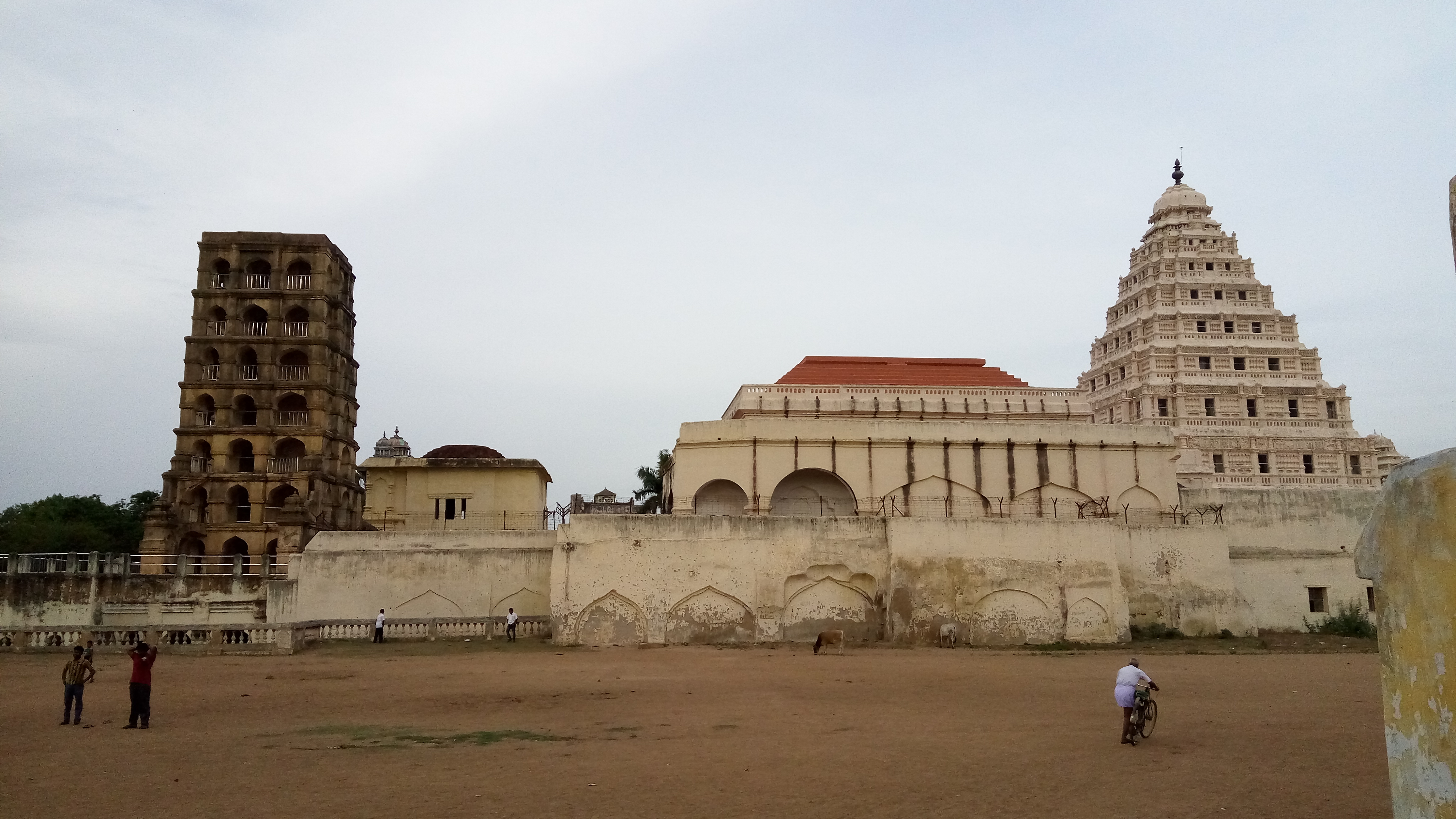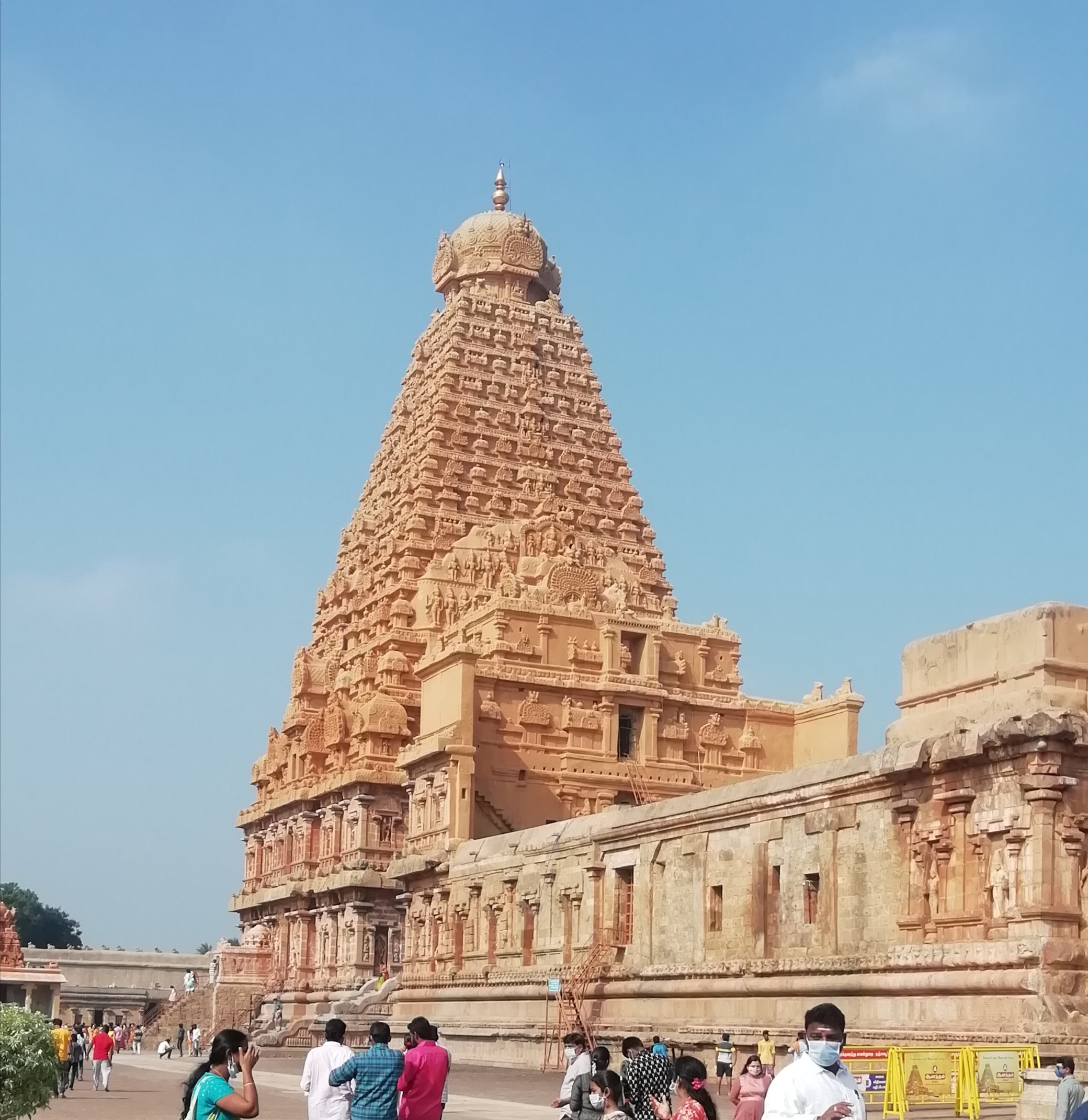Magnificent Maratha Palace Showcasing South India's Cultural Grandeur




The Thanjavur Maratha Palace stands as a profound testament to the intricate tapestry of South Indian history, embodying the cultural and architectural evolution of a region marked by dynamic political transitions. Originally conceived by the Nayak rulers in the 16th century and later expanded by Maratha conquerors, the palace represents a remarkable confluence of architectural styles, administrative prowess, and artistic patronage.
The palace's origins trace back to a complex period of political transformation, when the Nayak governors, having emerged from the Vijayanagara Empire's shadow, established their independent kingdom. Local prisoners of war were instrumental in constructing this formidable structure, which initially served as both a governance center and a military stronghold. The architectural design reflected the strategic mindset of its creators, blending defensive capabilities with aesthetic sophistication.
In 1674, when Venkoji captured Thanjavur, the palace transitioned into the residential complex of the Thanjavur Maratha kings. This change marked a significant cultural exchange, as Maharashtrian rulers integrated their architectural sensibilities with existing Dravidian design principles. The Marathas continued and expanded the cultural patronage initiated by the Nayaks, transforming the palace into a vibrant center of artistic and intellectual pursuits.
Among the most remarkable figures associated with this palace was Serfoji II, a ruler whose passion for arts and learning transcended conventional royal responsibilities. His contributions to Sanskrit literature and manuscript preservation elevated the palace's status from a mere royal residence to an intellectual sanctuary. In 1824, he constructed the Sardar Mahal Palace, further enriching the complex's architectural and cultural landscape.
The palace's architectural marvel lies in its seamless blend of Dravidian and Maratha styles. Intricate carvings, ornate pillars, and grand arches showcase the technical mastery of craftsmen who utilized locally sourced materials like granite and laterite. The complex encompasses multiple buildings, courtyards, and gardens, each narrating a fragment of the region's rich historical narrative.
The Saraswathi Mahal Library, nestled within the palace complex, represents another extraordinary dimension of this cultural landmark. Established in the 16th century, it houses an impressive collection of ancient manuscripts and artifacts that provide invaluable insights into the intellectual and artistic traditions of the Nayak and Maratha periods. This library serves as a critical repository of regional knowledge and cultural memory.
Conservation efforts have been crucial in preserving this magnificent structure. Currently under the ownership of the Bhonsle family's descendants, the palace continues to attract scholars, historians, and tourists eager to explore its rich heritage. The ongoing preservation initiatives aim not just to maintain a physical structure but to safeguard the profound cultural narratives embedded within its walls.
Today, the Thanjavur Maratha Palace transcends its historical origins, standing as a living museum that narrates the complex socio-cultural evolution of South India. It remains a powerful symbol of artistic excellence, political resilience, and cultural continuity, inviting visitors to journey through centuries of fascinating human endeavor and creative expression.
Discover more attractions within 50km that might interest you

Thanjavur, Tamil Nadu
Towering granite marvel showcasing supreme Chola architectural mastery

Tiruchirappalli, Tamil Nadu
Ancient Dam Transforming Lands, Symbolizing Chola Engineering Brilliance

Darasuram, Tamil Nadu
Chola architectural marvel celebrating Shiva in mythical Tamil Nadu

Thiruvanaikaval, Tamil Nadu
Ancient Shiva Temple Revealing Spiritual Devotion in Tamil Nadu